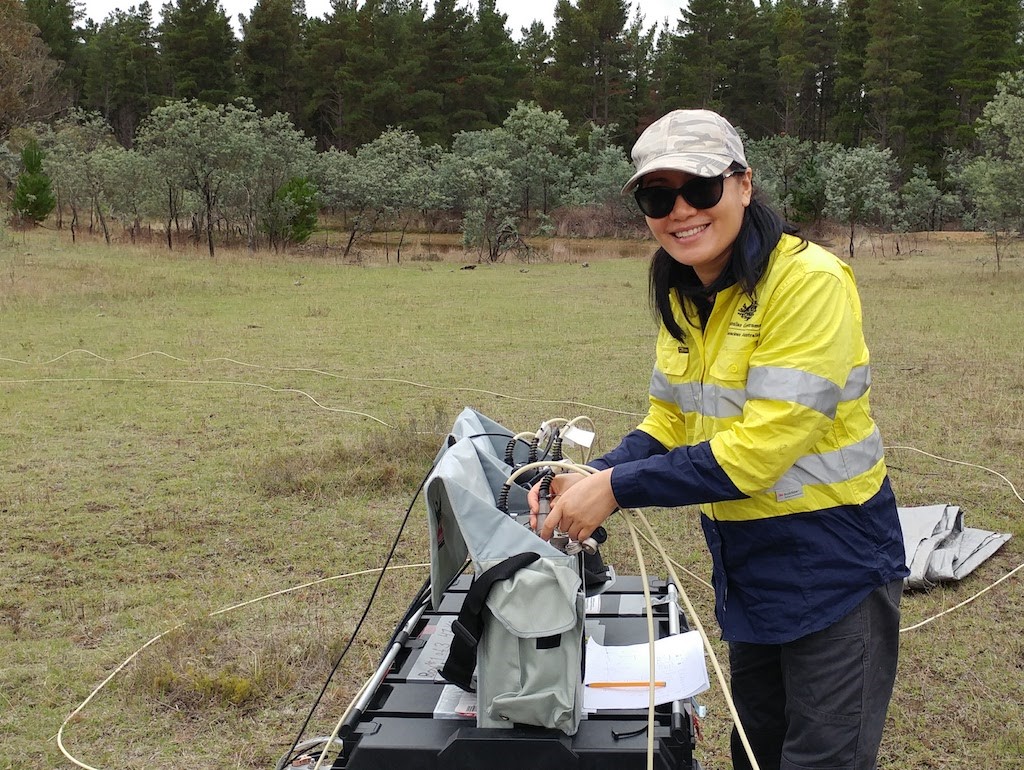Title: Application of Multi-Scale Magnetotelluric Data to Mineral Exploration: An Example from the East Tennant Region, Northern Australia
Presenter: Wenping Jiang, Geoscience Australia
When: 12th August,2021 at 11am AEST
Registation: https://us02web.zoom.us/webinar/register/WN_gKKtAD8MRwaRCNUp-DNwNA
Abstract:
The footprint of a mineral system is potentially detectable at a range of scales and lithospheric depths. Magnetotellurics is one of few techniques that can provide multi-scale datasets to image and understand mineral systems. We have used long-period data from the Australian Lithospheric Architecture Magnetotelluric Project (AusLAMP) as a first-order reconnaissance survey to resolve large-scale lithospheric architecture for mapping areas of mineral potential in northern Australia. The 3D resistivity model reveals a broad conductivity anomaly in the lower crust and upper mantle to the east of Tennant Creek, representing a potential fertile source region. Results from a higher-resolution infill magnetotelluric survey reveal a favourable crustal architecture linking the lower, fertile source regions with potential depositional sites in the upper crust. This observation strongly suggests that the deep-penetrating major faults potentially acted as pathways for transporting metalliferous fluids to the upper crust where they could form mineral deposits. This result and its integration with other geophysical and geochronological datasets suggest high prospectivity for major mineral deposits in the vicinity of these major faults. In addition to these insights, interpretation of high-frequency magnetotelluric data helps to characterise cover and assist with selecting targets for stratigraphic drilling which, in turn, can validate the models and improve our understanding of basement geology, cover sequences and mineral potential.
This study demonstrates that integration of geophysical data from multi-scale surveys is an effective approach to scale reduction during mineral exploration in covered terranes.

Biography: Dr Wenping Jiang joined Geoscience Australia in 2012 after completing a PhD degree from the University of Sydney. Since Feb 2016, she has worked as a senior geophysicist in the Mineral Systems Branch, delivering precompetitive data and information to improve the understanding of mineral resource prospectivity. Her professional focus is mainly on Magnetotelluric data processing, modelling and interpretation.
